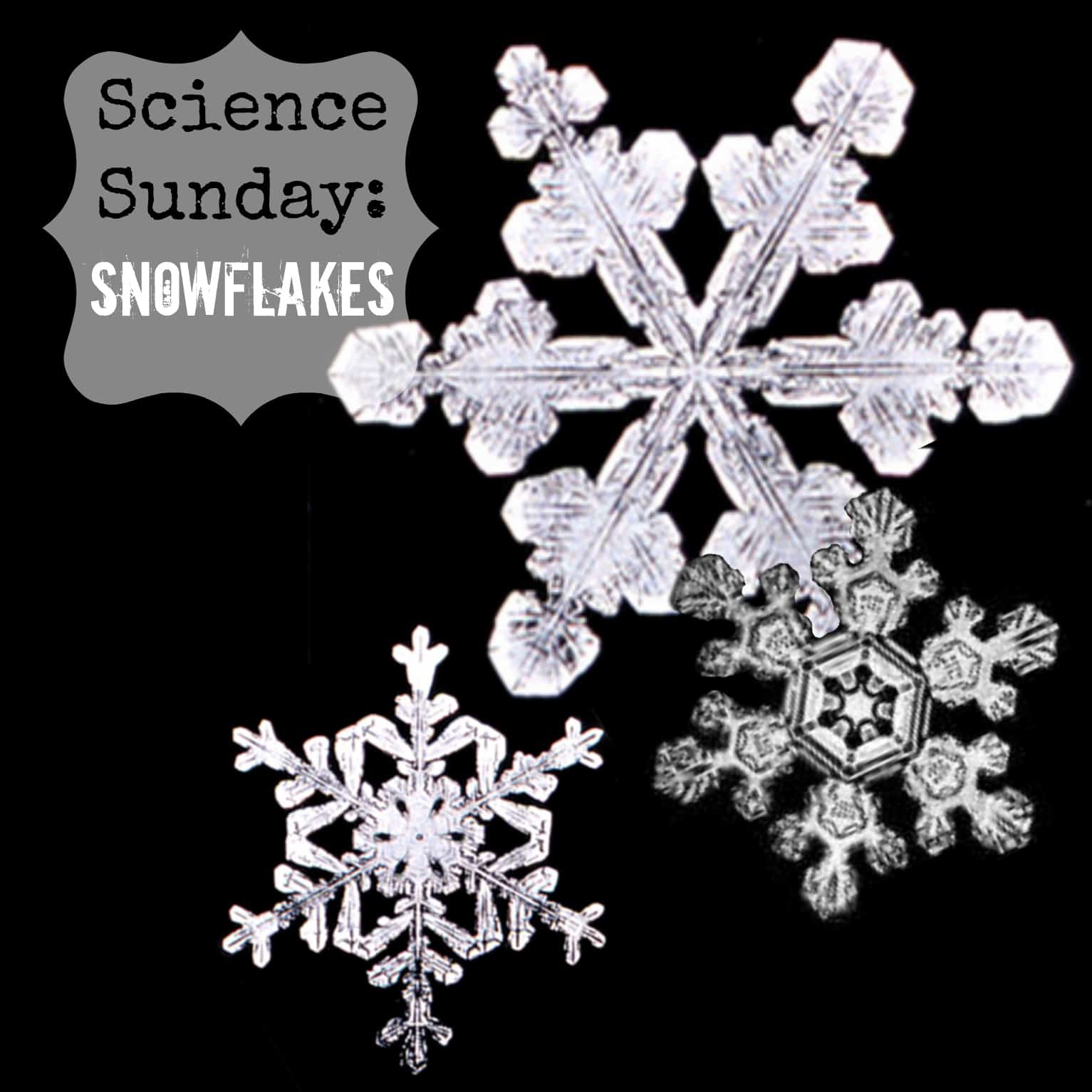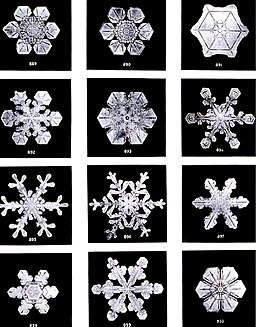Snowflake Photos from Wikimedia Commons.
If you’re a fellow Pittsburgher (or let’s face it… at this point, a fellow American!) you’re probably sick and tired of the snow.
We get it.
Since we can’t seem to find a way to stop this white fluffy stuff from coming down in excessive quantities, we’re going to get behind it (or under it, I suppose!) and choose to find it incredibly beautiful and fascinating. Yep… we’re choosing to do that even though it’s mid-February. We promise to entice you with all sorts of Spring-y thoughts next week, but for now, we’re going to join hands in solidarity and embrace the snow. Check back on Wednesday because we’ll have some great ideas for making the most of this weather, or you can just make some easy ice cream! (C’mon… there’s no way you can hate snow when you can turn it into ice cream in 15 minutes flat.)
Do you know how snowflakes form? It’s quite a complicated, ever-changing process!
Most of us know that water turns to ice at or below 32 degrees Fahreinheit. So then why doesn’t hail just fall from the sky every time the temperature drops below 32? Snowflakes happen because of the intermingling of different temperatures, air currents, different moisture levels in the air, and different dirt particles present. Snowflakes are essentially “ice-water”. All of these factors are constantly changing and contribute to the way each snowflake forms. Will it be long and spindly or short and squatty in shape? Will it be symmetric or a bit lopsided? This all depends on the incredibly unique environment through which that one particular snowflake passes. (P.S. Snowflakes DO prefer to be symmetrical because they are crystals. See more about crystals here.) In order for hail to form, a really unique process of strong winds within a thunderstorm with a particular type of cloud has to happen. Phew! Who knew ice would be so hard to make?!
Snowflakes by Wilson Bentley, 1902
Source: Wikimedia Commons
If you really want to impress your kids, here’s a chart detailing what shape of snowflake you’re most likely to see depending on the temperature outside:
- 32-25° F – Thin hexagonal plates
- 25-21° F – Needles
- 21-14° F – Hollow columns
- 14-10° F – Sector plates (hexagons with indentations)
- 10-3° F – Dendrites (lacy hexagonal shapes)
Sources: “A Snowflake Primer” by California Institute of Technology and Snowflake Chemistry at About.com
I dare you to grab a thermometer the next time you head outdoors with your kids and say, “Hmmm…. the temperature right now is 18 degrees, that means we’re going to see hollow columned snowflakes.”
Your children will stare at you in wide-eyed disbelief, and you’ll just shrug and say, “Moms know everything.”
Then show them the amazing picture below. This image is such a great example of the way that different particles in the air and different weather conditions can change the structure of each snowflake.

Snowflakes captured with a Scanning Electron Microscope. The colors are computer-generated “pseudo colors” to highlight different compounds and structures.
Source: Wikimedia Commons
Have we given you back your wonder and excitement over snow?! I hope so!
Never Stop Exploring,




